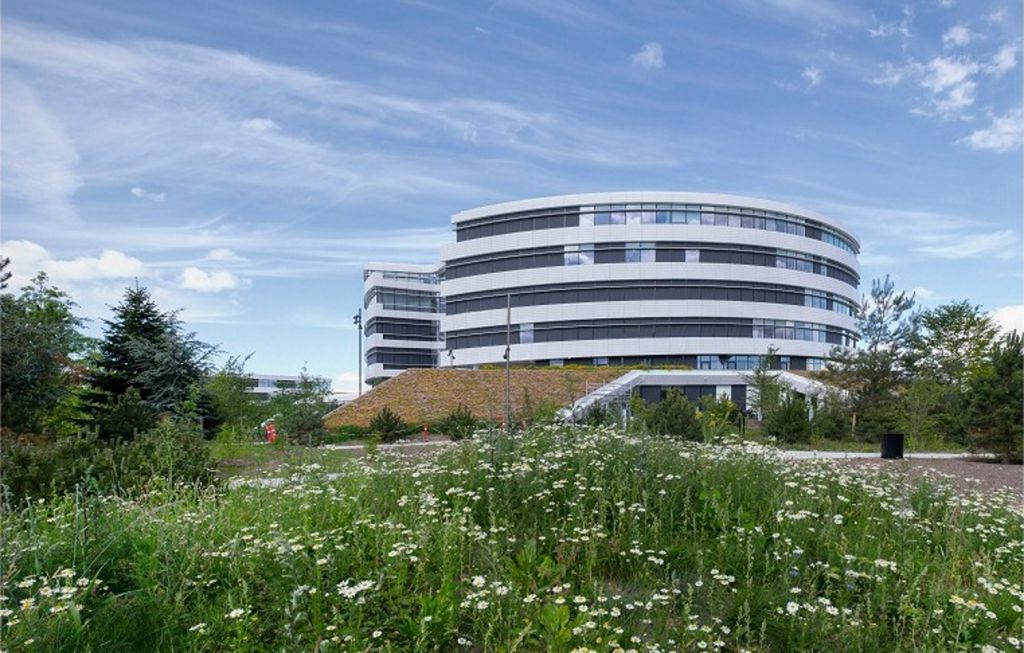A new report on the Danish contribution to the Medicon Valley has been published.
The report, Life Science in Eastern Denmark – The Danish Part of Medicon Valley is a survey of companies in the sector.
Medicon Valley spans the Danish region of Zealand and the Capital Region, and the Skåne region of southern Sweden.
The life science sector in eastern Denmark consists of around 700 companies. Half of these are micro-companies with nine employees or fewer. Around 75% of all employees in the sector work at large companies with more than 250 employees. In total, the 700 firms employ approximately 58,000 people, making life science larger than the IT, finance and insurance sectors in the region.
There has been tremendous growth in the industry, with about 200 new life science companies founded in eastern Denmark since 2017.
The report also found life science companies in eastern Denmark are investing more than DKK32B ($4.6B) in expanding their plants, offices, and R&D facilities. The investments are expected to create an additional 3,500 life science jobs in the area.
Pharma the top sub-sector
The biggest sub-sector, with around half of those working in the life science field, is pharma. This is mainly due to Novo Nordisk. The century-old company, a global leader in diabetes treatment, employs around 18,200 people at 11 different regional sites in eastern Denmark.
This number dwarfs the second company on the list, the biotech Novozymes, which has 2,800 staff. Another biotech company in the top 15 employers is Chr. Hansen, with 1,800 employees.
Novo Holdings is the majority shareholder of both Novozymes and Novo Nordisk, and in 2021 had revenues of DKK37B ($5.3B) in 2021. And in total, Danish life science companies exported pharmaceuticals to the value of DKK136B ($19.7B) in 2021.
Although pharma is the subsector in which the greatest number of people work in eastern Denmark, the greatest number of companies are in medtech: around 230 companies were identified in eastern Denmark.
Medtech is also the second largest sub-sector in terms of the number of jobs provided, with almost 14,000 employed. The largest medtech companies are Coloplast, Radiometer Medical, and Cook Medical, along with the hearing aid cluster made up of Demant, WS Audiology and GN Hearing.
Investment in biotech
In a new 2030-strategy, the Novo Nordisk Foundation is increasing its focus on sustainable food and boosting its annual grants to more than DKK10B ($1.4B).
In 2022, the Lundbeck Foundation is merging two investment units into one, which will be called Lundbeck Foundation BioCapital. The investments will be made exclusively in Danish biotech.
Beyond Denmark
The region is also attracting companies from outside Denmark. For example, U.S. biotech company Moderna is opening a new branch in Denmark in 2022, while fellow U.S. biotech Ceptur Therapeutics is opening a new R&D unit in Copenhagen this year.
In 2019, Fujifilm Diosynth Biotechnologies purchased Biogen’s plant in Hillerød, and Italian pharma outfit Chiesi opened a new Copenhagen branch. The following year, U.S. fim Seagen established itself in Hørsholm, and Curaizon, a U.K. healthtech, moved its global headquarters to Copenhagen.
The 110-page report also looks at municipalities and science parks in the region, as well as a breakdown of upcoming investments. It also includes more than a dozen interviews highlighting some of the companies and success stories.
For those looking for employment, there is also a section on the positions companies are looking to fill, and those they are having most difficulty with.
Photo: The Novo Nordisk HQ in Copenhagen. Jens Lindhe/Novo Nordisk
Partnering 2030: The Biotech Perspective 2023






